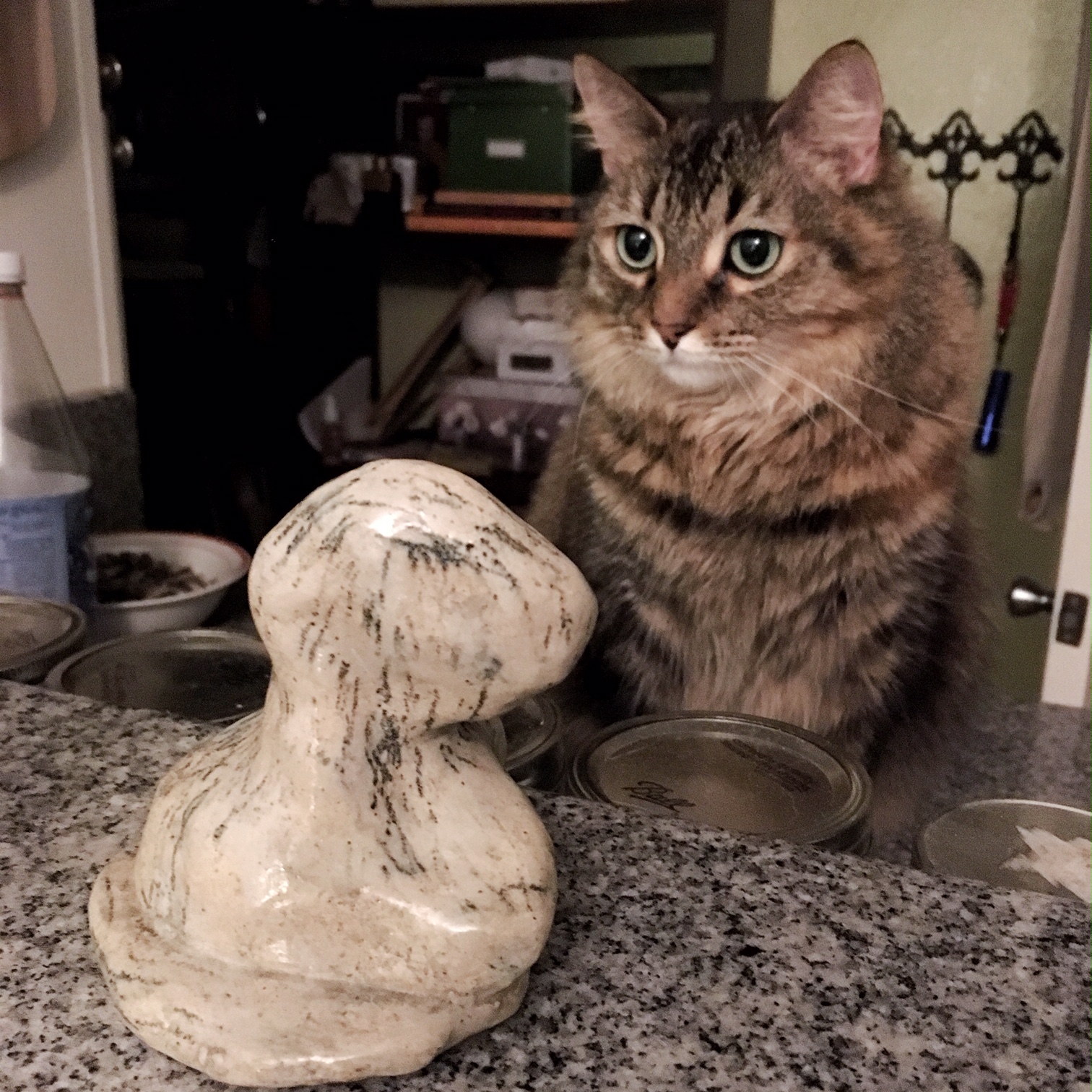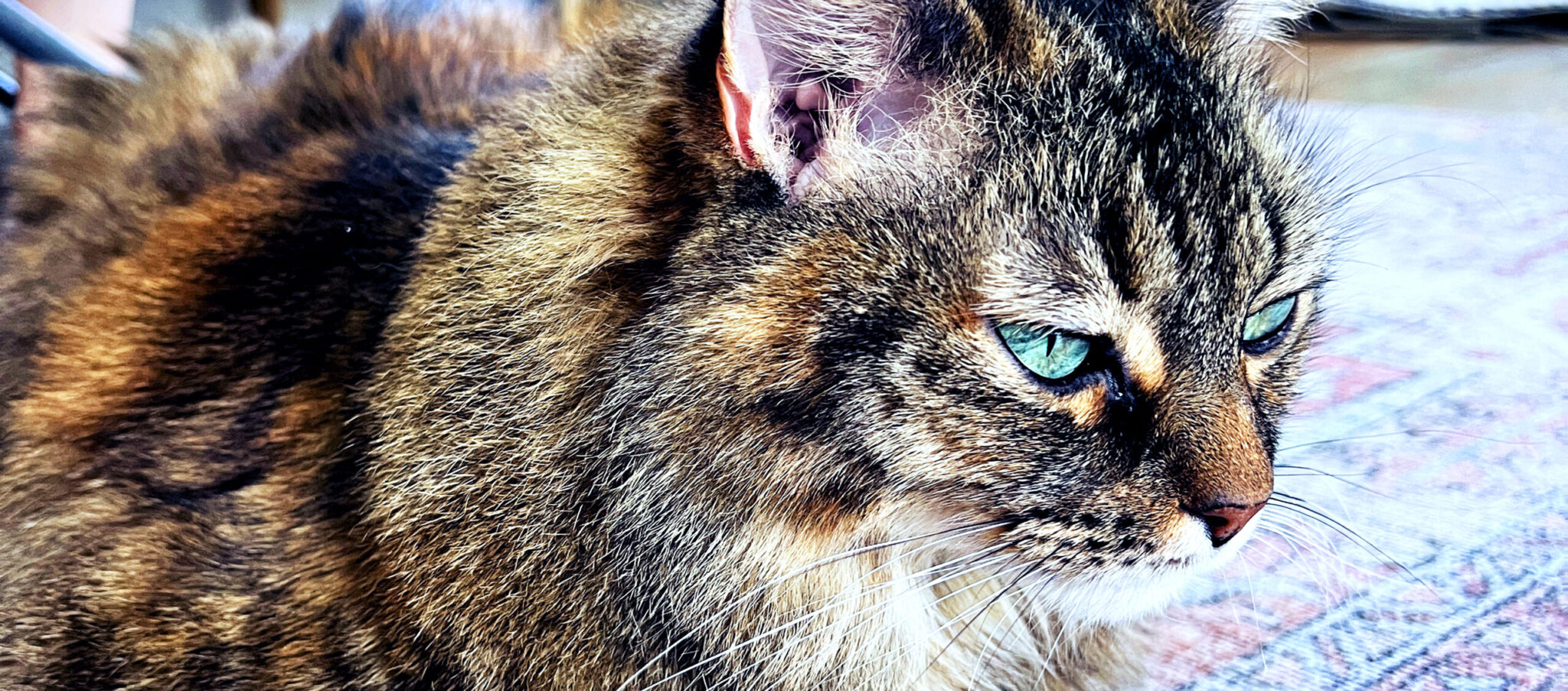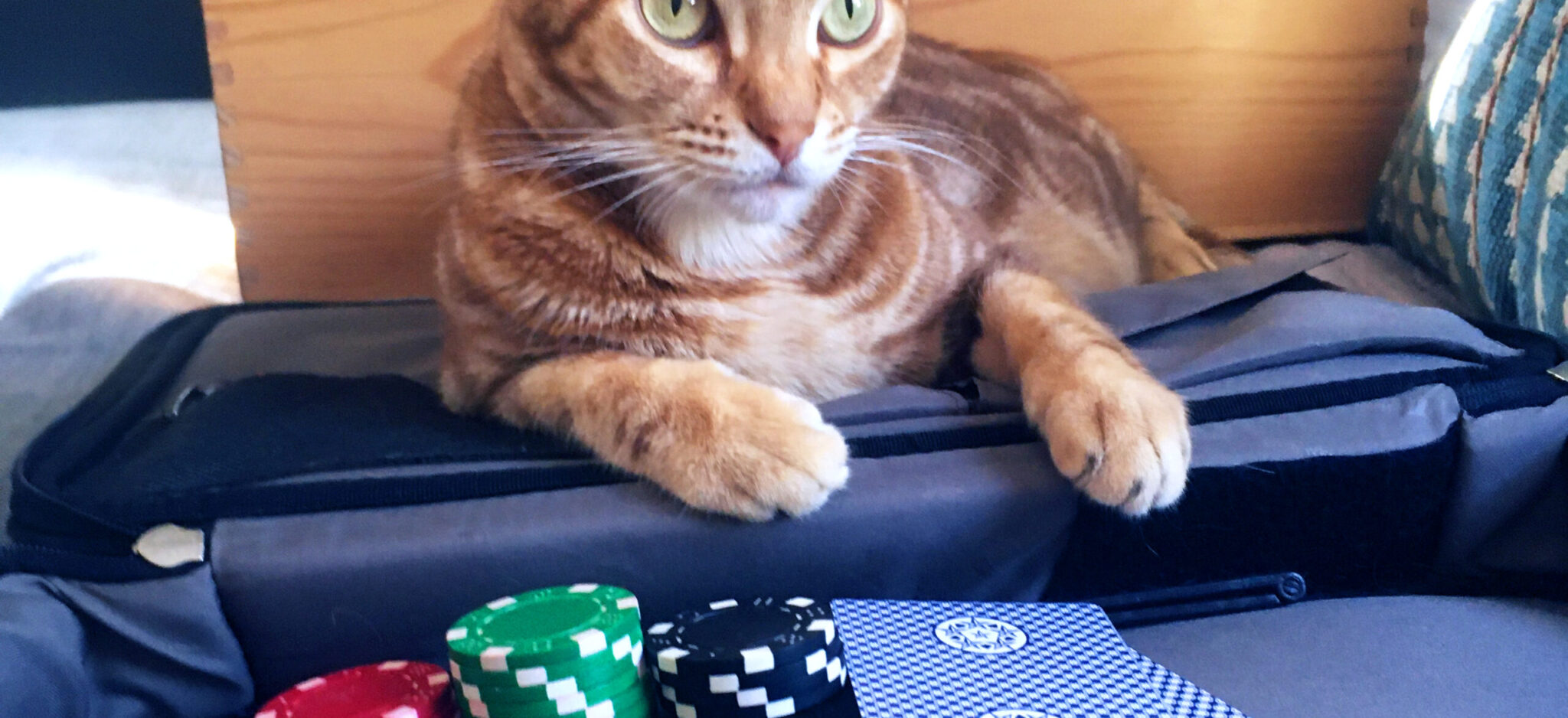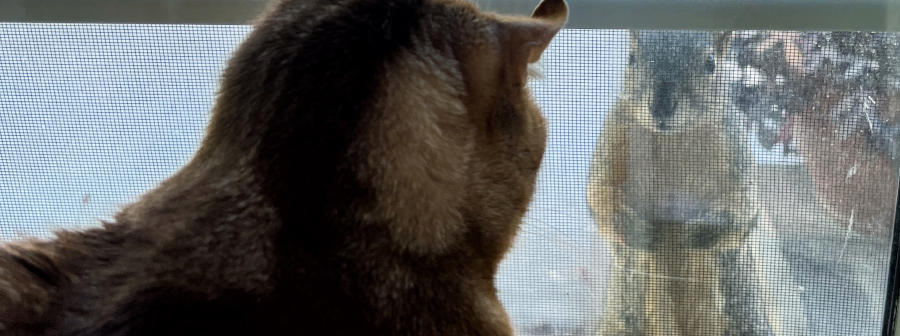Maddy stared blankly at prized sculpture, the centerpiece of the museum’s “Modernist Movement” exhibit. On loan from Paris, L’inquiétude de L’essence is perhaps the most famous work by French sculptor Varocher Lefebvre, though Maddy failed to see what the pretentious cadre of art aficionados surrounding her were vociferously asserting.
“It captures the true spirit of Rodin,” one smug, chicly attired patron affirmed. “Notice how he abandons the traditional trappings of realism and decoration, yet draws out emotion with the use of light and shadows.”

“I love how he mimics the old masters,” a smaller, but equally boorish human pontificated, “similar to how Degas would work. He also captures Degas’ spontaneity and strict temperament to precise measures.”
“You can also see the influence of Bourgeois,” a third interjected, adding a faux British accent in a vain attempt to appear intellectual. “The pain of childhood trauma is well defined, yet subtle. Such anguish he must’ve felt.”
Maddy couldn’t help but roll her eyes at this hollow charade, sensing it was time to deflate the pomposity with a pointed critique of her own.
“Personally,” she deadpanned, “I think it looks like something an underachieving middle-schooler would make in a pass/fail pottery class. A lump of clay plopped on a lathe that just wouldn’t spin.”
Momentarily stunned, the trio burst into disingenuous laughter. Their disdain for Maddy’s perspective could have been an exhibit of its own.
“Oh, look,” the fake Brit chortled, “the little kitty considers herself a connoisseur of the arts. How precious! My dear, why don’t you run along to your litter box and — how would the simpletons put it? — ‘pinch off’ a ‘masterpiece’ of your own!”
Maddy stood silently as the obnoxious humans continued their mockery. It didn’t phase her. She was indeed connoisseur of the arts, and she knew for a fact these bloviating bipeds were, in her words, “talking out of their asses.” This piece resembled nothing that Auguste Rodin created, neither in spirit nor actuality. Edgar Degas would leap from his grave if he heard his work described as spontaneous and tempered, and Louise Bourgeois could’ve hardly served as Lefebvre’s muse since she began studying art three years after he died.
Maddy also had another secret. While it’s true she was no fan of Lefebvre’s crude and simplistic renderings, she recognized his insane commercial appeal. You see, the sculpture on display was not an original Lefebvre. It was a forgery.
And Maddy was the forger.
The real L’inquiétude de L’essence was on its way to Argentina, soon to be gazed upon only by the eyes of a wealthy and reclusive collector. Unfortunate, to be sure, but Maddy was well compensated for her role. The original had earlier been lifted by a company of expert art thieves and secretly replaced with the counterfeit — and no one was the wiser. Her work was, in effect, the Folgers Crystals of the art world. She figured enough time had passed since the heist, and she wanted to admire her craftsmanship.
Maddy made her way toward the exit, dropping ten one-hundred dollar bills into museum’s “suggested donation” box. It was the least she could do.
The horrible humans were right about one thing, though. It was indeed time for her to visit the litter box and “pinch off a masterpiece.” And if she wanted to, she could pass it off as Michelangelo’s David.




Leave A Comment